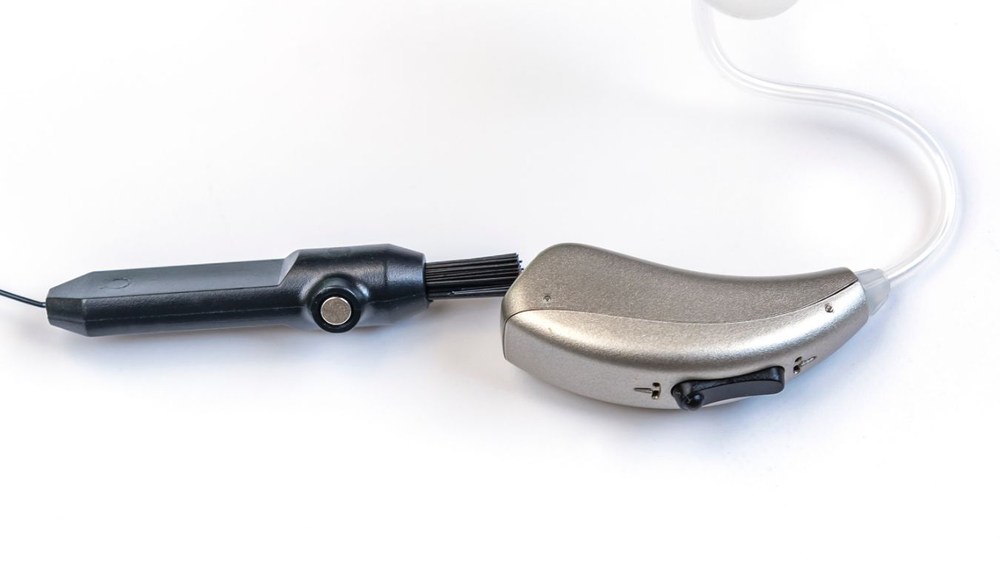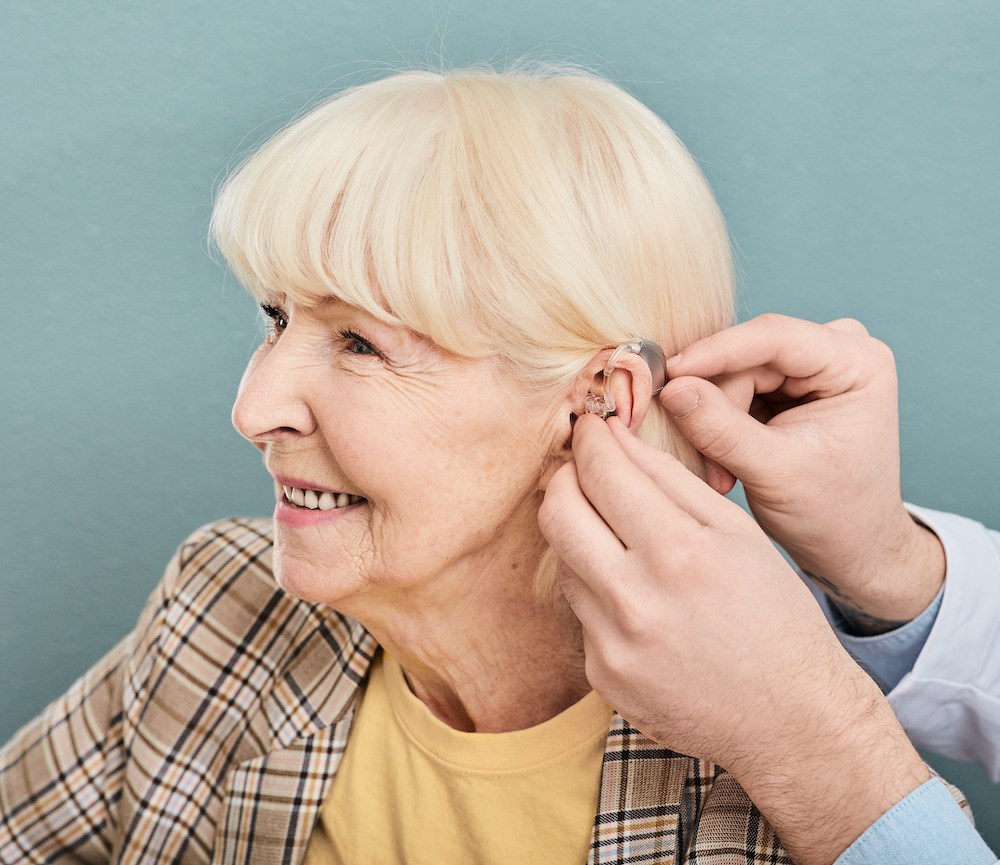Swimming and Water Protection for Hearing Aids
If you wear hearing aids and take part in swimming or other water
Local: (512) 956-HEAR (4327)


If you wear hearing aids and take part in swimming or other water

Have you ever noticed that even with hearing aids, following conversations

Hearing loss can significantly impact daily conversations, from missing